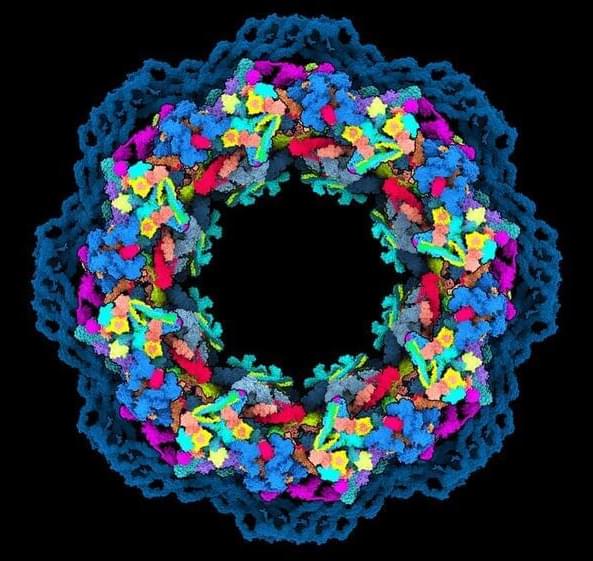Twitter’s e-commerce initiatives now include livestream shopping and Walmart will be the first retailer to test the new platform. Over the past year, Walmart has invested in live shopping by hosting events across social platforms like TikTok and YouTube, and soon it will debut Twitter’s first-ever shoppable livestream. On November 28, Walmart will kick off a Cyber Deals live event on Twitter, where users will be able to watch a live broadcast, shop the featured products and join the conversation around the event by posting tweets.
The livestream will begin at 7 PM ET on November 28, 2021, and will allow Walmart customers to shop from Twitter as well as a number of other platforms, including Walmart.com/live, and the retailer’s Facebook, Instagram, TikTok and YouTube accounts. Musician-turned-creator Jason Derulo will host the livestream, where he’ll introduce the audience to deals in electronics, home goods, apparel, seasonal décor and more during a 30-minute variety show. Surprise special guests will also drop in, says Walmart.





